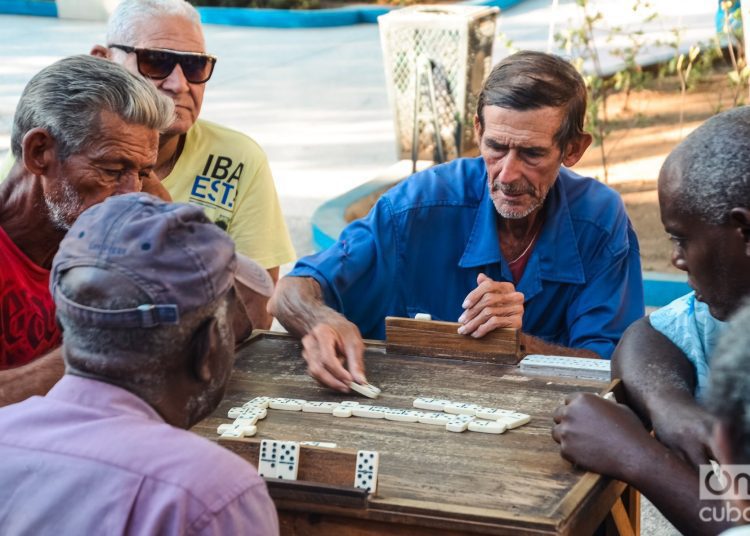Two decades ago, the Spanish singer-songwriter Ismael Serrano presented Principio de incertidumbre, a double album recorded live after two memorable concerts at the Lope de Vega Theater in Madrid. Serrano, whose training included studies in Physics, adopted a scientific theory known as the “Heisenberg indeterminacy relation” or “Principle of Uncertainty” to title his album and create a moving love song.
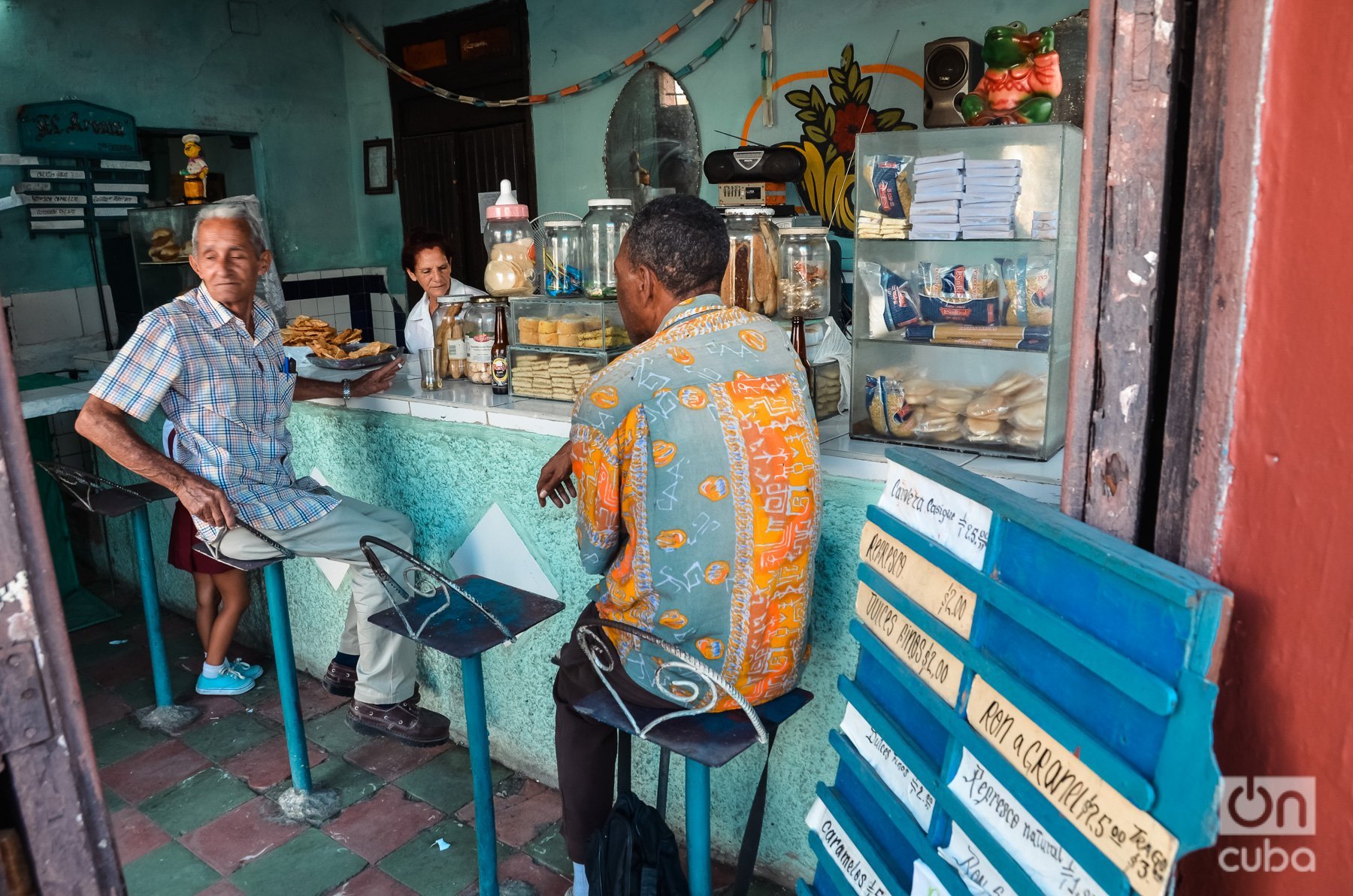
I was recently wandering aimlessly around the city and heard the song again. I was curious about the aforementioned principle, formulated by the German physicist Werner Heisenberg in 1927. I suddenly found myself immersed for hours in reading quantum physics concepts and their application to everyday life. And it didn’t take me long, unexpectedly but invariably, to think about Cuba.

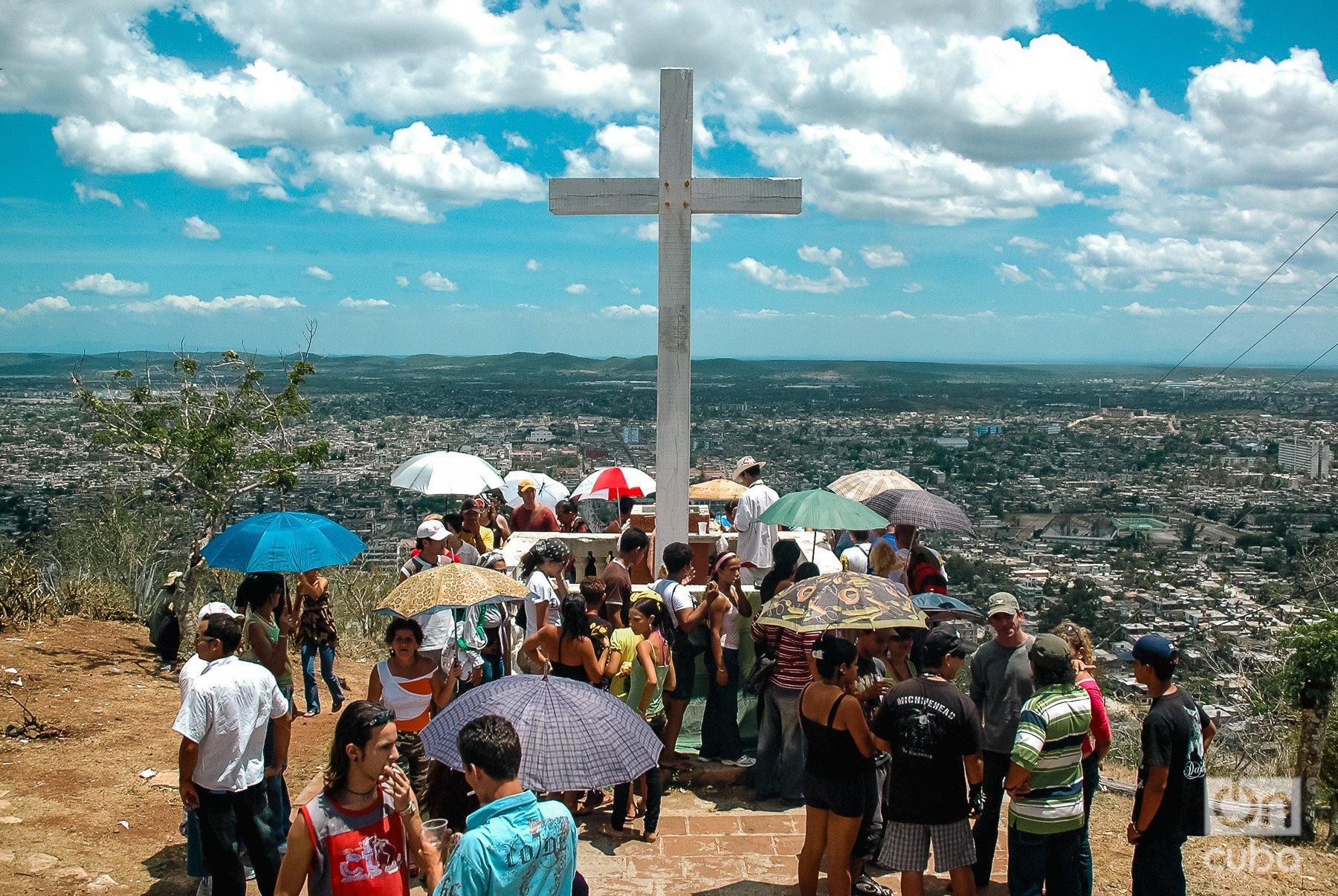
Just as in the subatomic micro world, in the daily lives of Cubans, uncertainty has become a constant. It could be said that we have seen it all, but events are rushing at such a speed that there is no opportunity to get used to it.
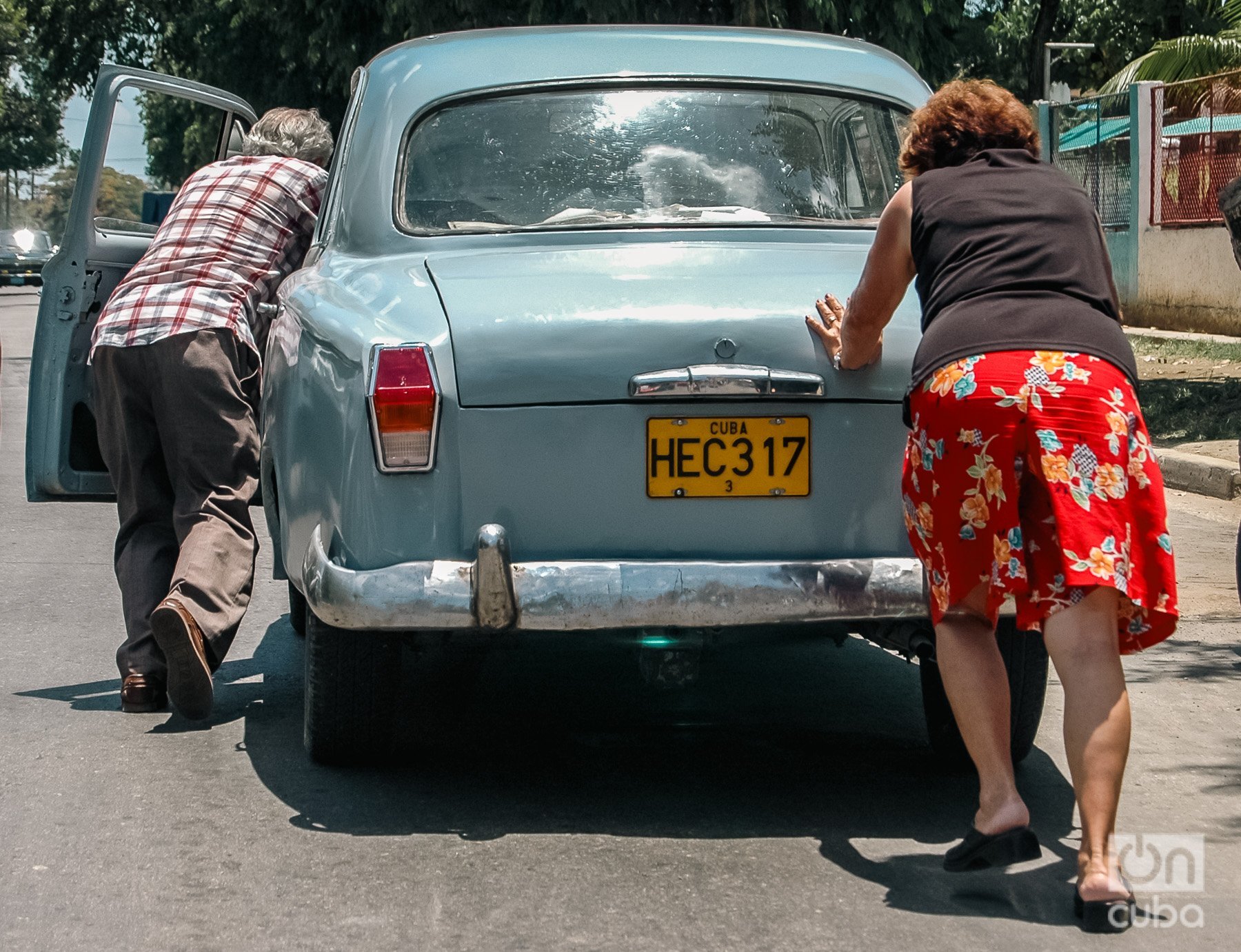
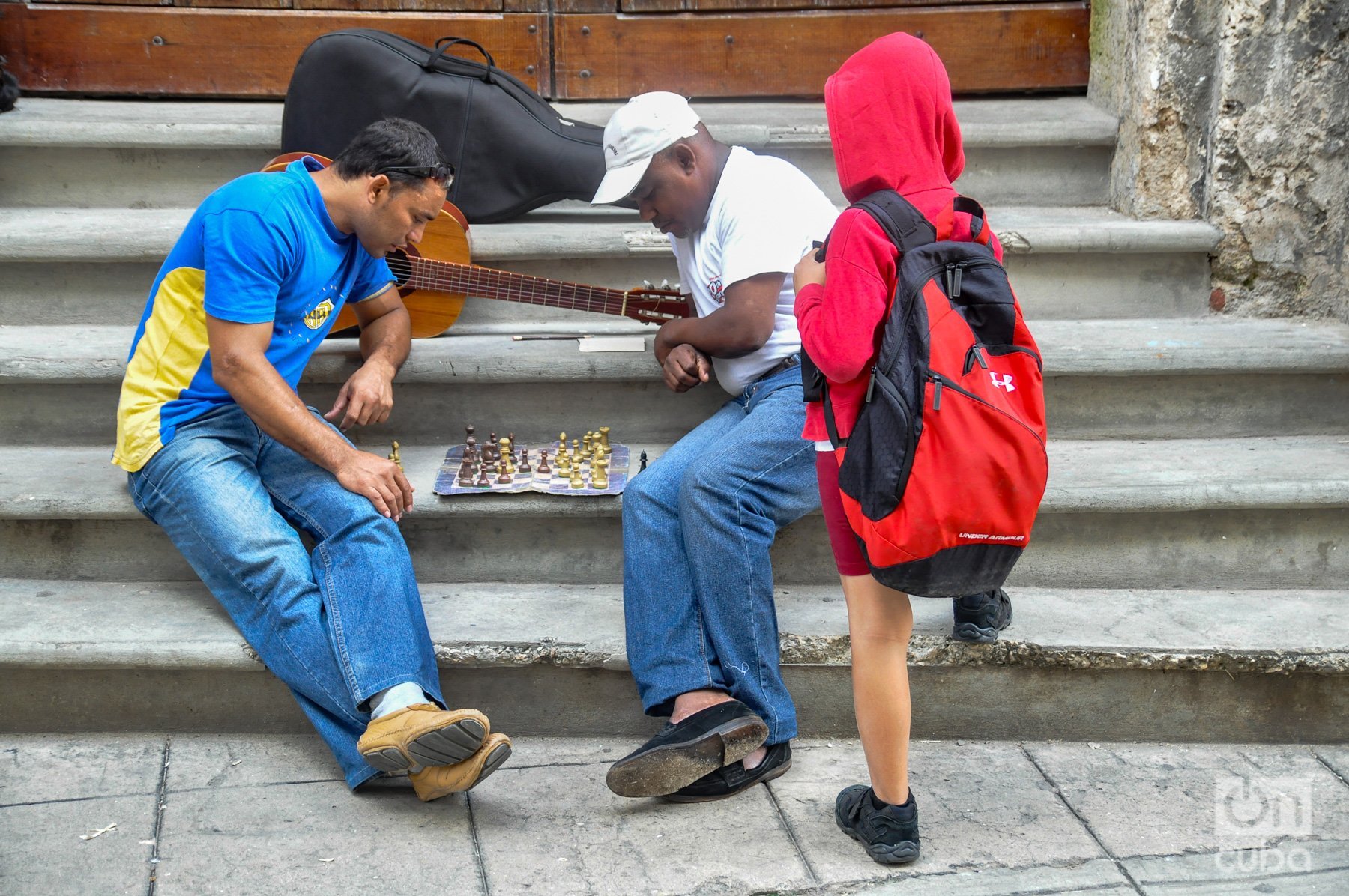
We have learned to deal with the unpredictable on an unimaginable scale, to live with the lack of certainties in almost all areas of life; while facing shortages, suffocating external sanctions, and enduring triumphalist speeches along with the repetition of slogans from another time.
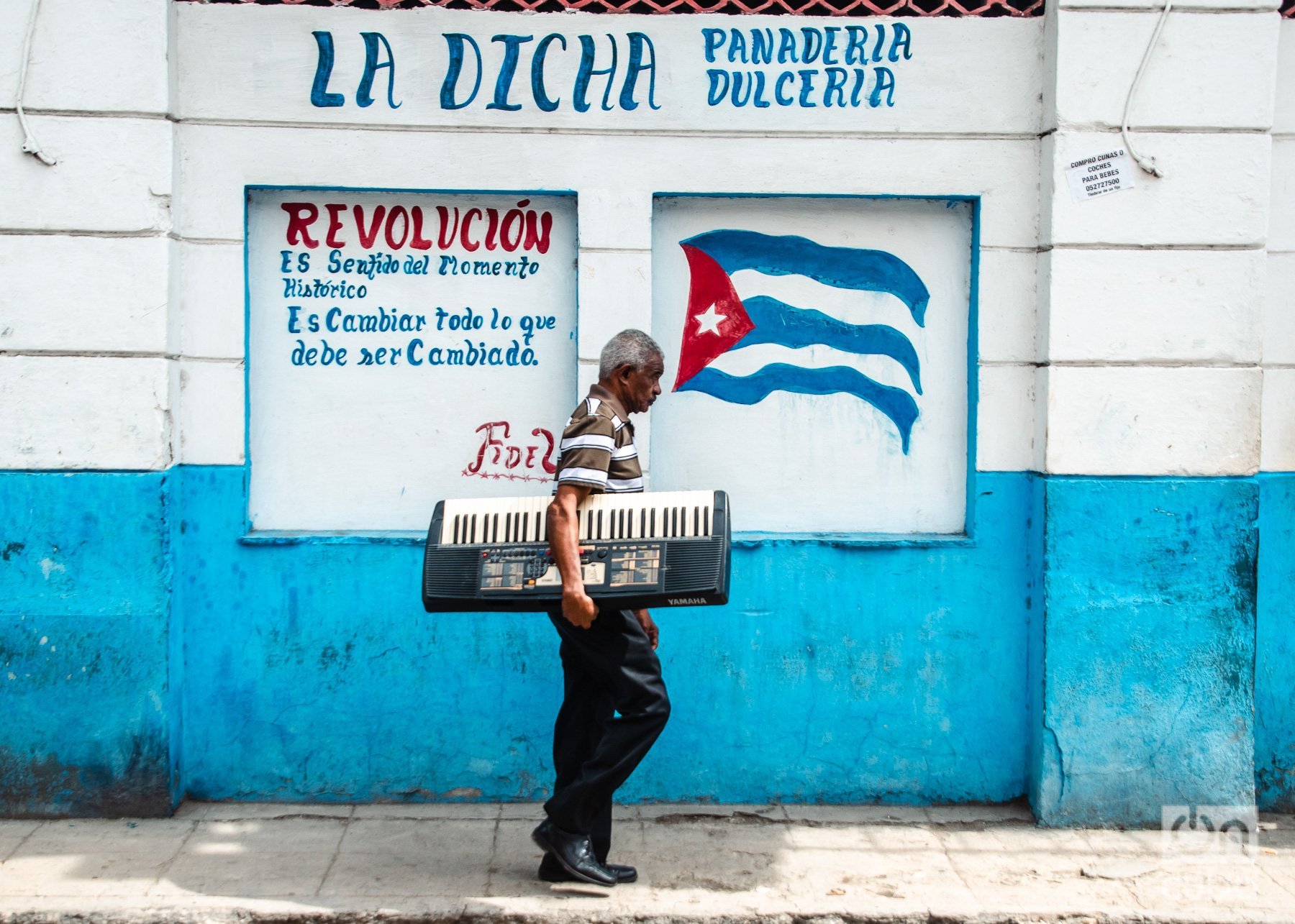


The daily experience includes blackouts, endless lines, lack of fuel and food, friends and family emigrating en masse, an aging population, hurricanes and other inclemency of the weather, constant deterioration of infrastructure and, apparently, even the freezing of rivers in distant Canada.
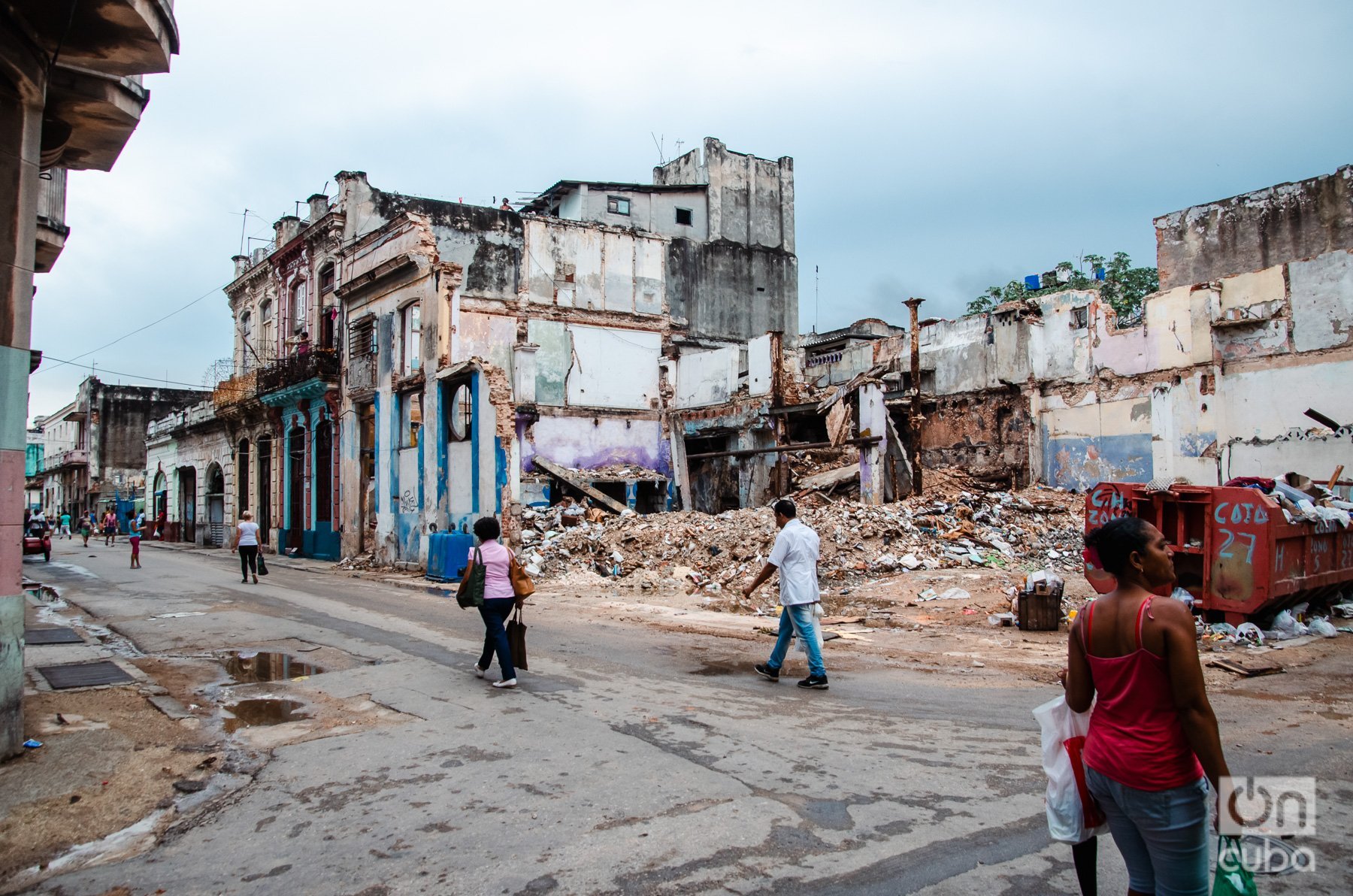
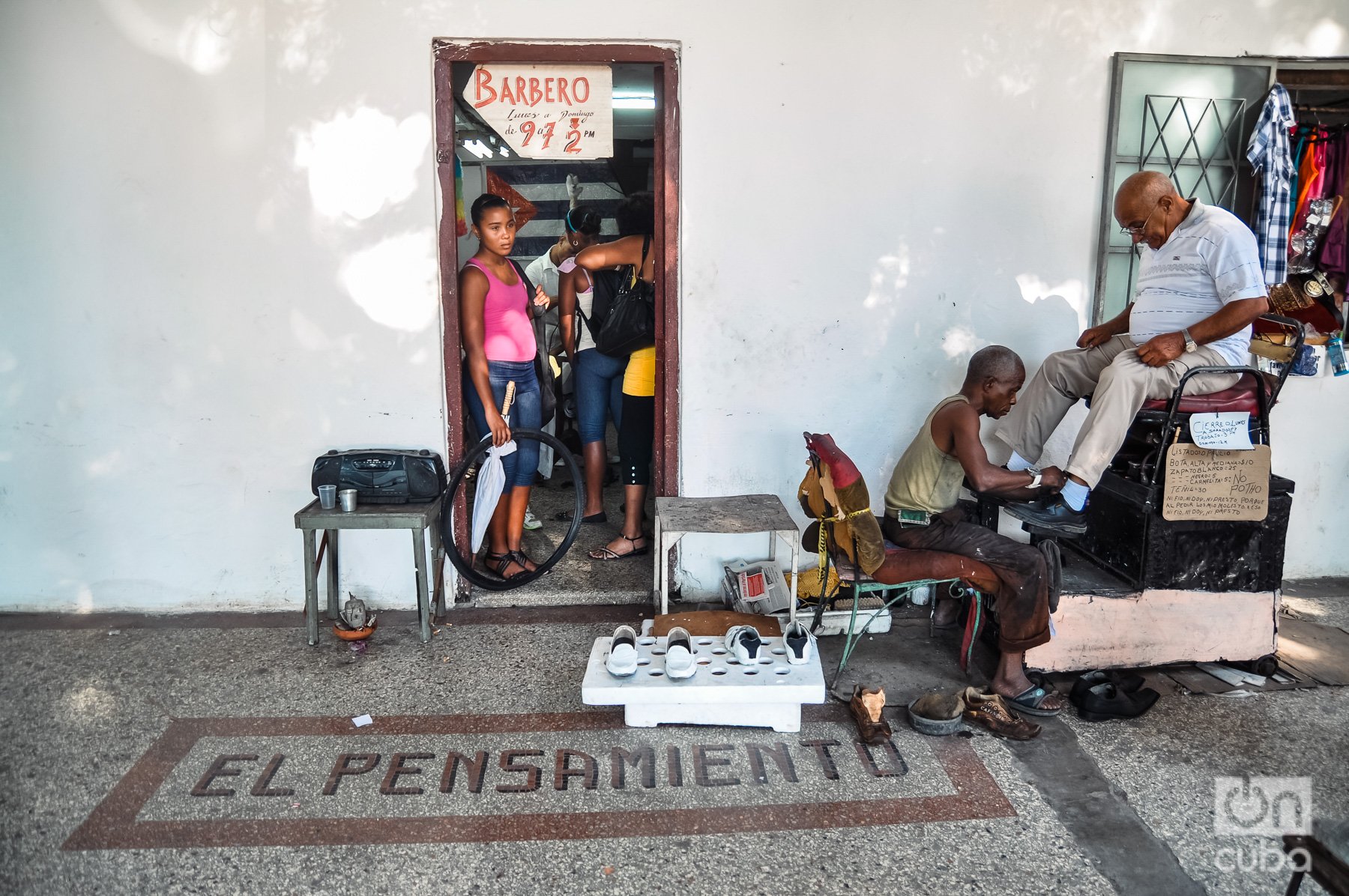
Tomás, a character in La novela de mi vida (2001), by Leonardo Padura, summarizes it when he tells his friend Fernando: “In forty years I have eaten a boatload of peas and I have gone to more meetings than the president of the UN. But I don’t spend the day crying in corners and regretting how my life could have been…. What tragedy are you going to talk to me about?”


